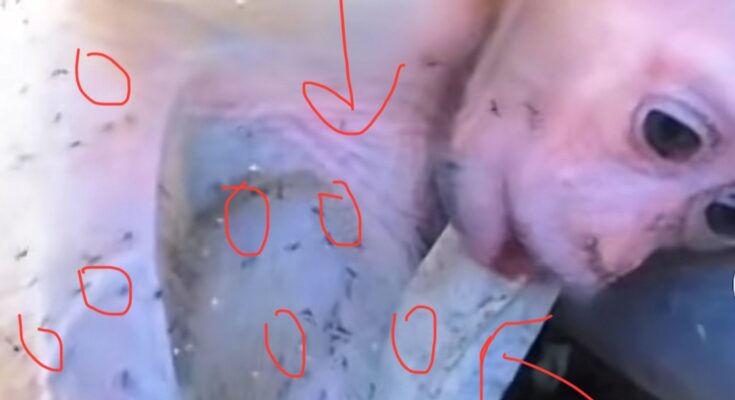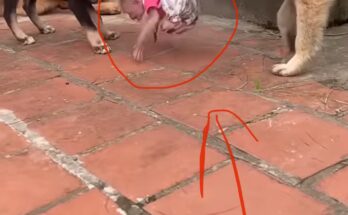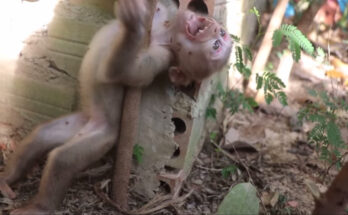Monkeys, whether in the wild, sanctuaries, or under human care, are vulnerable to various environmental threats — including ant bites. While ant bites may seem minor, they can cause significant discomfort or even health complications for primates, especially when left untreated. Prompt treatment and attentive care are essential to prevent infections and ease suffering. This article explores the treatment and ongoing care of monkeys after they’ve been bitten by ants.
Recognizing the Symptoms of Ant Bites in Monkeys
Monkeys often show immediate signs of distress when bitten by ants. Common symptoms include:
- Excessive scratching or biting at the skin
- Redness, swelling, or small bumps on affected areas
- Agitation or restlessness
- Vocal expressions of pain or discomfort
- In severe cases, allergic reactions like labored breathing or swelling of the face
Fire ants, in particular, can pose a serious threat due to their venom, which can cause severe inflammation and even anaphylactic reactions in some primates.
Immediate First Aid
1. Remove the Monkey from the Ant-Infested Area:
The first step is to move the monkey away from the source of the bites. This not only prevents further stings but helps calm the animal.
2. Remove Any Remaining Ants:
Carefully brush off any ants still clinging to the monkey’s fur or skin using a soft cloth or your hand (if safe to do so). Wear gloves if necessary.
3. Clean the Affected Area:
Use lukewarm water and mild antiseptic soap to clean the skin gently. This reduces the risk of infection and soothes irritation.
4. Apply a Cold Compress:
A clean, cold compress or ice pack (wrapped in a cloth) can help reduce swelling and numb the discomfort.
Medical Treatment
If the monkey exhibits moderate to severe symptoms, or if fire ants are suspected, veterinary intervention is crucial.
- Topical Ointments: Anti-inflammatory or corticosteroid creams may be applied to reduce itching and inflammation.
- Antihistamines: If there is an allergic reaction, antihistamines can relieve symptoms. Dosage must be carefully managed by a veterinarian.
- Pain Management: Mild painkillers may be administered under supervision.
- Monitoring for Infection: Bites can become infected if scratched excessively. Antibiotics might be needed in such cases.
In rare but serious cases of anaphylaxis, emergency care involving epinephrine and respiratory support may be required.
Aftercare and Monitoring
1. Observe for Behavioral Changes:
Monitor the monkey closely over the next 24–48 hours. Watch for signs of infection, lethargy, loss of appetite, or unusual behavior.
2. Prevent Excessive Scratching:
If the monkey continues to scratch or bite at the affected area, consider using soft protective clothing or distraction methods (such as enrichment toys).
3. Maintain a Clean Environment:
Keep the monkey’s living space clean and free from further ant infestations. Regular inspections and pest control are vital.
4. Hydration and Nutrition:
Provide fresh water and a nutrient-rich diet to support healing and recovery.
Conclusion
Ant bites in monkeys, while often minor, can lead to serious discomfort and complications if not treated promptly. Caregivers and wildlife handlers should be equipped with the knowledge and tools to offer immediate relief and ongoing care. By acting swiftly and responsibly, we can ensure the well-being and swift recovery of our primate companions.



